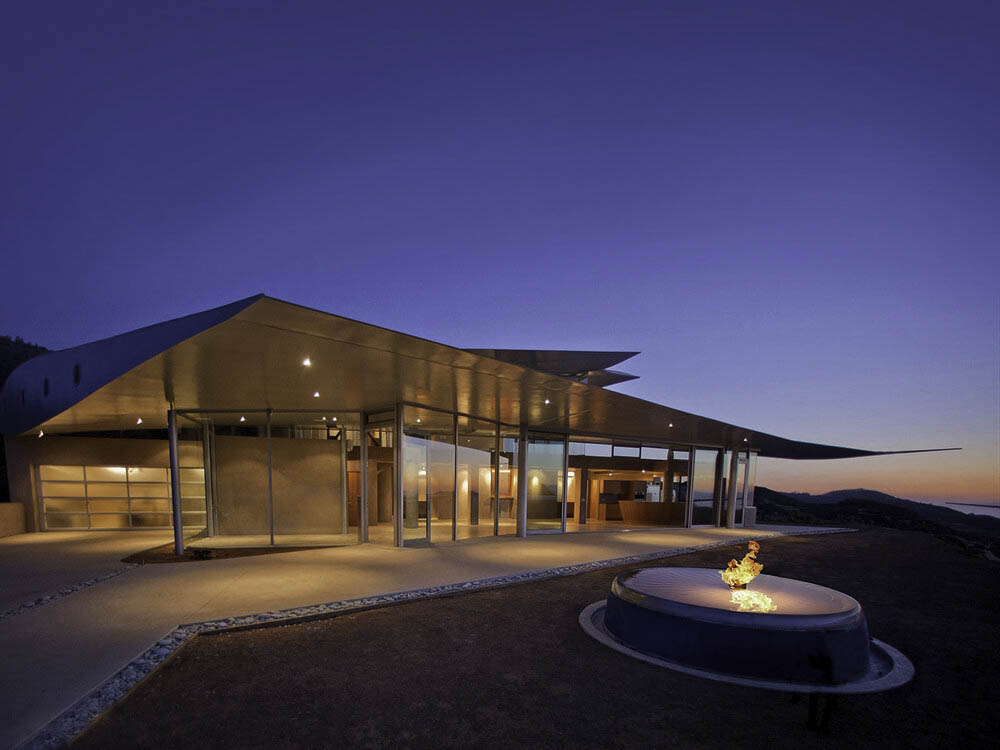Many people know that terracotta is a material based on clay, which is carved or molded into a specific shape before being dried, glazed and fired. This was once a very popular material for elements and cladding, but since then it has been replaced with various other materials, which are less likely to deteriorate. There are companies that still focus on Malibu architects terracotta.
All over the world, the terracotta found on lots of important buildings is slowly deteriorating due to the weather, or because the steel rods used to anchor and support the terracotta have been swallowed by rust. Those people that are interested in restoring and replacing it can take great advantage of the numerous materials that have a strange resemblance to the historical terracotta, but last longer and are lighter.
Hopefully, this article will provide an answer to some of your questions about the materials in cause. The modern replacements will be known as architectural terracotta and the traditional ones will be mentioned as historical.
This type of terracotta is a material that is used for cladding or replacing terracotta elements. Just like its sibling, the architectural terracotta is manufactured with the help of clay. It also includes minerals, glass fibers or aggregates in order to offer more strength. The material is perfect for replicating the textures, colors or finishes encountered in the historical type of terracotta. It is great for multiple applications like cladding for columns, walls and architectural elements for sculpture, bas-relief or domes.
A large variety of finishes can be used in order to make sure that the result will look just like the original piece of terracotta. This incredibly flexible material can be glazed or not, can have a matte or glossy finish and can incorporate several colors or just a single color. It can even be made similar to granite. A lot of textures are available too. Among the most popular ones are the tooled, lined, smooth or combed ones.
It is possible to purchase architectural terracotta panels. When the situation requires a replacement of multiple sections of terracotta, panels are the right way to go. But you should take a couple of things into account. Panels have a maximum length of fourteen feet, width of eight feet and six inches. The architectural terracotta panels can have a thickness of a quarter of an inch, up to 1 ½ inch. Usually, the panels made from this type of terracotta are very light and they can be utilized as cladding.

